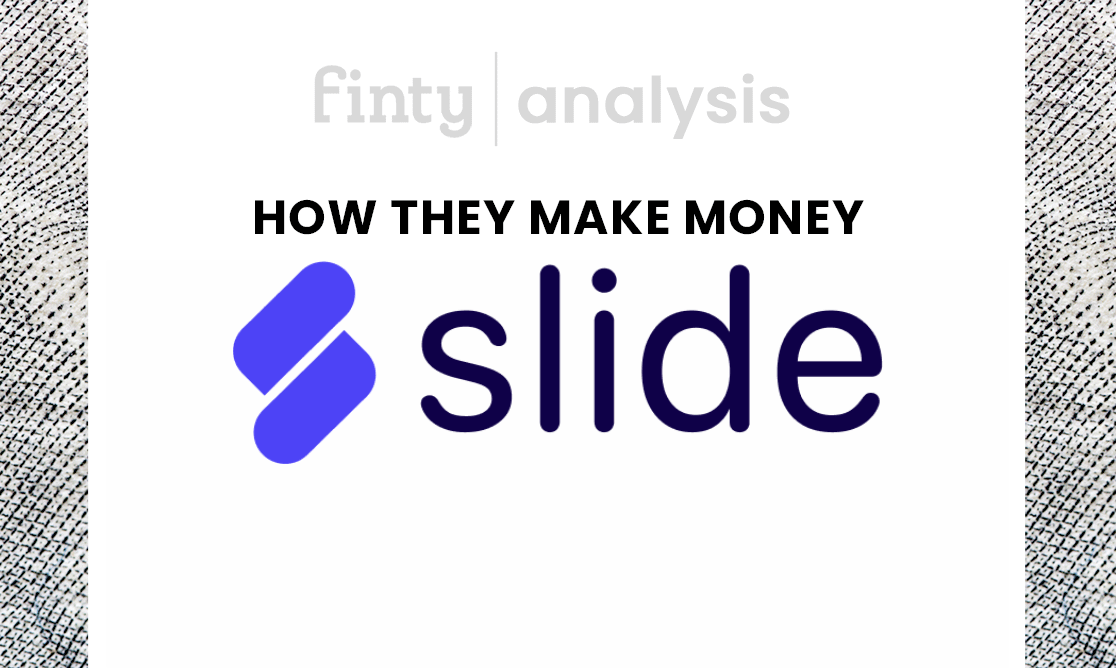- Slide is a cashback rewards app offering its users some of the best rebates in the industry.
- Partners with more than 250 retailers in the American market.
- Makes money by charging its partner retailers referral commissions for sending them business.
Slide is one of the newer cashback rewards apps in the market, offering its users a 4% flat rebate on purchases from any of its 250 partner retailers. Slide differentiates itself from other cashback apps with its flat rate available from all retailers (other cashback apps vary their rebate percentage based on their agreement with the partner retailer).
But how can Slide make money if it gives users cashback? Read on to find out.

Coming up next
What does Slide do?
Slide is a free app offering consumers a way to receive cashback on their purchases.
The company has a limited number of partner retailers in comparison to its main competitors, although the number of partners available on the app continues to grow.
Slide offers a staggering 4% rebate for its users across its partner retailers. This compares favourably with its competition.
Slide connects to a user's bank account and credit cards, allowing immediate payment of its rebates directly into the user's account. As a result, users can benefit from Slide rewards and their existing credit card rewards program, multiplying their savings on purchases (a practice commonly known as stacking rewards).
Unlike other cashback rewards apps, Slide doesn't require you to snap photos of your receipts and upload them to its platform. Instead, it works more like a rewards credit card, applying the rebate automatically without any input from the user.
How does Slide work?
Slide might have a small retail partner network, but it partners with big brands that consumers use frequently. Many other cashback rewards programs offer thousands of partners, but many of them are brands that consumers rarely use — if ever.
Examples of brands available on Slide include Uber, iTunes, Lowe's, and Chipotle.
What's remarkable about Slide is that its cashback rate is consistent across all partner retailers: 4% rebate on their purchases.
Other cashback services might offer up to 15% cashback rewards for purchases, but these offers are usually only available at brands that are relatively unknown or used infrequently, for example, a new brand of mattress.
Slide also allows users to "pre-fund" their account to earn an extra 1% on cashback rewards.
Users need to accumulate $15 or more in their Slide account before transferring the cash into their Venmo or PayPal account.
How Slide makes money
Slide makes money by charging partner retailers a commission for sending them business. These commissions are dependent on the volume of business the app refers to the partner. Slide also makes money from interest on cash holdings and in-app advertising.
Let's look at the model in detail.
Affiliate commissions
Slide makes the bulk of its earnings through its cashback program with its partner retailers.
The company charges its partners a commission for sending it business, which it shares with its users. The lion's share of the fees are passed back to users, with Slide taking a minority share.
Slide negotiates the fees with its retailers, and they can change depending on the negotiations with the company.
However, its users earn a flat 4%, regardless of the negotiated amount between the partner and Slide.
Interest on cash
Slide makes money by lending out its cash balance from users that choose to pre-fund their Slide accounts.
Users are incentivised to pre-fund their account with an extra 1% on their cashback rewards.
In-app advertising
Slide generates revenue with in-app advertising. Partners can choose to pay for banner ads. Slide pushes these promotions to its userbase, increasing sales volumes for its partners.
Future growth engine
As one of the newest cashback rewards programs on the market, Slide has focused on differentiating itself from other companies offering a similar model, primarily with its cashback rate.
There are a number of ways Slide can grow:
- Improve their margins by leveraging their growing user base to secure better deals with existing retail partners.
- Build more retail relationships, particularly with mainstream brands and stores that users shop with on a regular basis (since this makes the app more sticky).
- Introduce their service in other countries — for example, Canada, Australia, and the United Kingdom — where the cashback model exists and can be disrupted.
However, Slide operate in a very competitive landscape. Honey, for example, experienced extremely rapid adoption thanks to the simplicity of its user experience (install and forget). Slide will need to build a moat around their business and offer their users real value if they are to continue to grow.
Competitors
Slide competes for market share with other cashback rewards programs including:
- Rakuten
- Ibotta
- Fetch Rewards
- Honey
- Lyoness
- Shopkick

